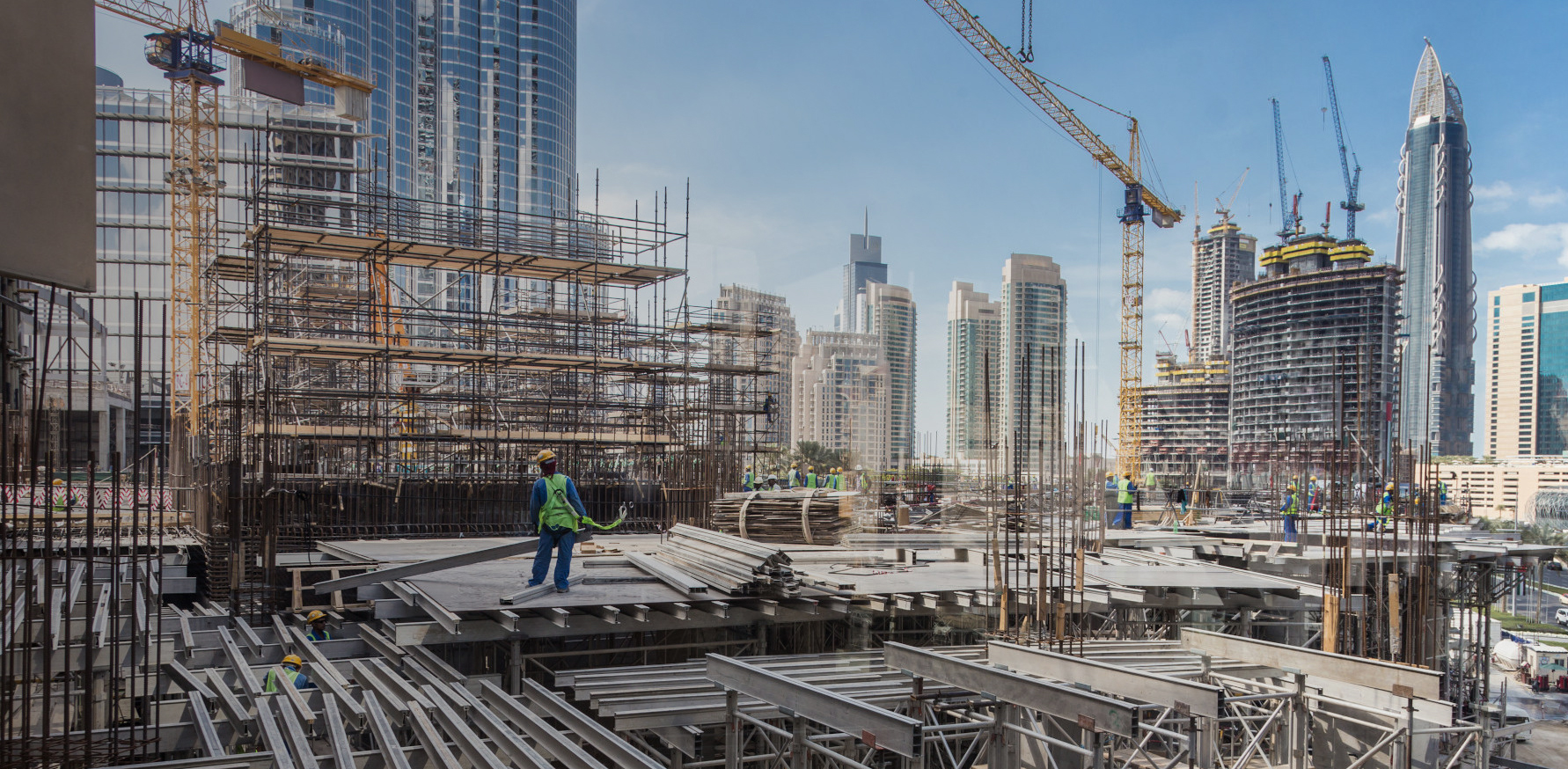Navigating Building Codes and Regulations: Ensuring Compliance in Architectural Design
Architects play a pivotal role in shaping the built environment, and their designs must adhere to a complex web of building codes and regulations. In this comprehensive guide, we explore the strategies and insights that architects can utilize to navigate the intricate world of building codes and seamlessly integrate them into their design process. From understanding the importance of codes to leveraging technology for compliance, this guide equips architects with the knowledge to create safe, functional, and compliant structures.
The Foundation of Building Codes and Regulations
The Importance of Building Codes
Building codes and regulations are established to safeguard public health, safety, and welfare. They provide standards for construction practices, occupancy limits, fire safety, accessibility, and much more.
The Role of Architects in Code Compliance
Architects are responsible for translating these codes into practical design solutions. Their role involves balancing creativity with adherence to regulations, ensuring that buildings are not only aesthetically pleasing but also meet legal requirements.

Navigating Building Codes
Building Information Modeling (BIM)
Building codes are dynamic and subject to updates. Architects must stay informed about the latest changes to ensure their designs remain compliant. Utilizing online resources, attending workshops, and engaging in professional organizations can aid in staying current.
Local vs. National Codes
While national codes provide a baseline, local jurisdictions often have additional requirements. Architects must be aware of both national and local codes that pertain to their projects.
Incorporating Codes into the Design Process
Early Integration of Codes
Integrating codes from the project’s inception is essential. Architects should address codes during the schematic design phase to prevent major revisions later.
Collaborating with Code Officials
Open communication with code officials fosters understanding and compliance. Architects can seek pre-submittal meetings to discuss code interpretations and potential challenges.
Technology and Code Compliance
Building Information Modeling (BIM)
BIM technology allows architects to model designs in 3D, facilitating the identification of potential code violations early in the design process. It also aids in generating accurate construction documents that align with codes.
Code Compliance Software
Architects can leverage specialized software that analyzes designs for code compliance. These tools help identify issues and ensure designs adhere to relevant codes.
Benefits of Code Compliance
Safety and Risk Mitigation
Code compliance ensures that buildings are safe for occupants, reducing the risk of accidents and emergencies.
Streamlined Permitting Process
Designs that align with codes experience smoother permitting processes, reducing delays and project timelines.
Enhanced Building Functionality
Codes often dictate design features that enhance building functionality, such as accessibility requirements for people with disabilities.
FAQs: Navigating Building Codes and Regulations
In Conclusion
Building codes and regulations serve as the framework for safe and functional architectural designs. Navigating this complex landscape requires architects to stay informed, integrate codes from the early design stages, and leverage technology to ensure compliance. By embracing code compliance as an integral part of the design process, architects can create structures that not only inspire but also prioritize the well-being and safety of occupants. As the guardians of the built environment, architects hold the power to craft structures that stand the test of time while adhering to the laws that govern their creation.

